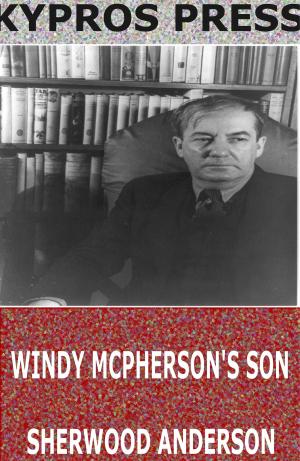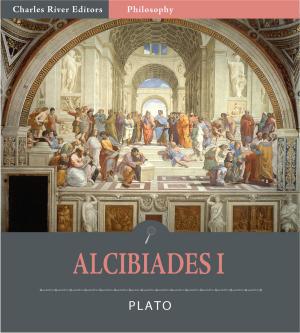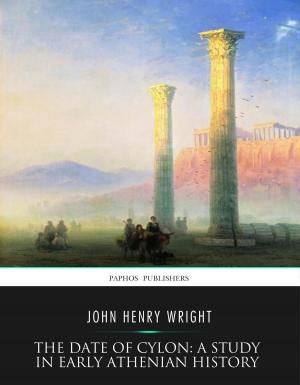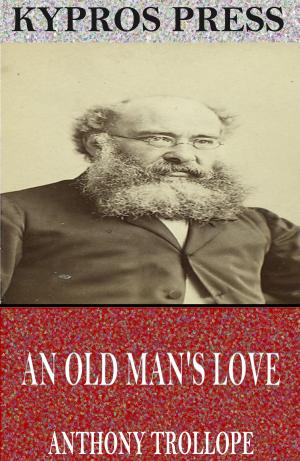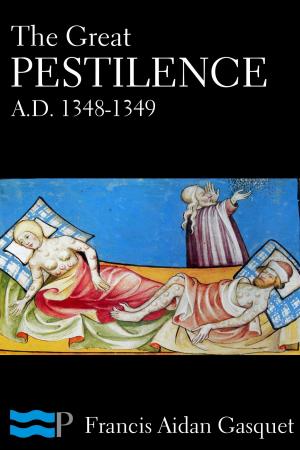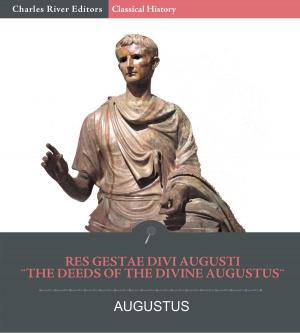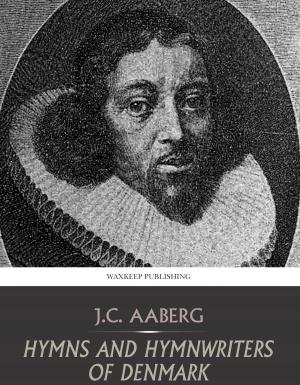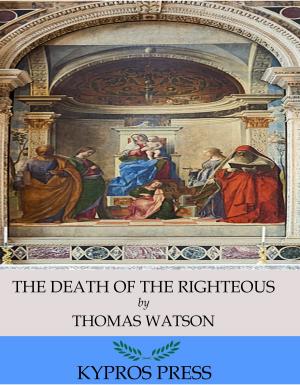Hernan Cortés and Montezuma: The Conquistador and the Conquered
Nonfiction, History, Americas, Mexico, Biography & Memoir, Historical| Author: | Charles River Editors | ISBN: | 9781475320749 |
| Publisher: | Charles River Editors | Publication: | January 1, 2013 |
| Imprint: | Language: | English |
| Author: | Charles River Editors |
| ISBN: | 9781475320749 |
| Publisher: | Charles River Editors |
| Publication: | January 1, 2013 |
| Imprint: | |
| Language: | English |
Among these temples there is one which far surpasses all the rest, whose grandeur of architectural details no human tongue is able to describe; for within its precincts, surrounded by a lofty wall, there is room enough for a town of five hundred families. Hernán Cortés"Cortés and all of us captains and soldiers wept for him, and there was no one among us that knew him and had dealings with him who did not mourn him as if he were our father, which was not surprising, since he was so good. It was stated that he had reigned for seventeen years, and was the best king they ever had in Mexico..." Bernal Díaz del Castillo During the Age of Exploration, some of the most famous and infamous individuals were Spains best known conquistadors. Naturally, as the best known conquistador, Hernán Cortés (1485-1547) is also the most controversial. Like Christopher Columbus before him, Cortés was lionized for his successes for centuries without questioning his tactics or motives, while indigenous views of the man have been overwhelmingly negative for the consequences his conquests had on the Aztecs and other natives in the region. Just about the only thing everyone agrees upon is that Cortés had a profound impact on the history of North America. Of course, the lionization and demonization of Cortés often take place without fully analyzing the man himself, especially because there are almost no contemporaneous sources that explain what his thinking and motivation was. If anything, Cortés seemed to have been less concerned with posterity or the effects of the Spanish conquest on the natives than he was on relations with the Mother Country itself. Of the few things that are known about Cortés, it appears that he was both extremely ambitious and fully cognizant of politics and political intrigue, even in a New World thousands of miles west of Spain itself. Cortés spent much of his time in Mexico and the New World defending himself against other Spanish officials in the region, as well as trying to portray and position himself in a favorable light back home. The Spanish conquest of the Aztecs and some of the myths and legends surrounding it have made Moctezuma II (and variations of his name like Montezuma) instantly recognizable around the globe. Still, his life is shrouded in mystery; Bernal Diaz del Castillos The Conquest of New Spain and Miguel Leon-Portillas translation of the Aztec observation of the conquest, The Broken Spears, recorded but a few details about the last Aztec rulers life. Also, these two sources are only concerned with the circumstances surrounding the Spanish conquest of the Aztecs and therefore only deal with the very end of Moctecuma IIs life and reign. Thus, his early life largely remains a mystery. So what is known about the famous Aztec ruler? Naturally, there is still a fierce debate over what happened during the conquest of the Aztec, and one of the most controversial episodes of the conquest was Moctezumas death. But all of the sources agree that Moctezuma sometimes called Moctezuma the Younger generally possessed a reputation as a valiant warrior and was considered a courageous combat leader among his people. Myths and legends have helped fill in the blanks, regardless of their accuracy, and many of them have since become the best known details of Moctezumas life. Cortes and Montezuma chronicles the lives and legacies of the conquistador and the emperor whose empire he conquered. Along with pictures, a bibliography and more, you will learn about Cortes and Montezuma like you never have before.
Among these temples there is one which far surpasses all the rest, whose grandeur of architectural details no human tongue is able to describe; for within its precincts, surrounded by a lofty wall, there is room enough for a town of five hundred families. Hernán Cortés"Cortés and all of us captains and soldiers wept for him, and there was no one among us that knew him and had dealings with him who did not mourn him as if he were our father, which was not surprising, since he was so good. It was stated that he had reigned for seventeen years, and was the best king they ever had in Mexico..." Bernal Díaz del Castillo During the Age of Exploration, some of the most famous and infamous individuals were Spains best known conquistadors. Naturally, as the best known conquistador, Hernán Cortés (1485-1547) is also the most controversial. Like Christopher Columbus before him, Cortés was lionized for his successes for centuries without questioning his tactics or motives, while indigenous views of the man have been overwhelmingly negative for the consequences his conquests had on the Aztecs and other natives in the region. Just about the only thing everyone agrees upon is that Cortés had a profound impact on the history of North America. Of course, the lionization and demonization of Cortés often take place without fully analyzing the man himself, especially because there are almost no contemporaneous sources that explain what his thinking and motivation was. If anything, Cortés seemed to have been less concerned with posterity or the effects of the Spanish conquest on the natives than he was on relations with the Mother Country itself. Of the few things that are known about Cortés, it appears that he was both extremely ambitious and fully cognizant of politics and political intrigue, even in a New World thousands of miles west of Spain itself. Cortés spent much of his time in Mexico and the New World defending himself against other Spanish officials in the region, as well as trying to portray and position himself in a favorable light back home. The Spanish conquest of the Aztecs and some of the myths and legends surrounding it have made Moctezuma II (and variations of his name like Montezuma) instantly recognizable around the globe. Still, his life is shrouded in mystery; Bernal Diaz del Castillos The Conquest of New Spain and Miguel Leon-Portillas translation of the Aztec observation of the conquest, The Broken Spears, recorded but a few details about the last Aztec rulers life. Also, these two sources are only concerned with the circumstances surrounding the Spanish conquest of the Aztecs and therefore only deal with the very end of Moctecuma IIs life and reign. Thus, his early life largely remains a mystery. So what is known about the famous Aztec ruler? Naturally, there is still a fierce debate over what happened during the conquest of the Aztec, and one of the most controversial episodes of the conquest was Moctezumas death. But all of the sources agree that Moctezuma sometimes called Moctezuma the Younger generally possessed a reputation as a valiant warrior and was considered a courageous combat leader among his people. Myths and legends have helped fill in the blanks, regardless of their accuracy, and many of them have since become the best known details of Moctezumas life. Cortes and Montezuma chronicles the lives and legacies of the conquistador and the emperor whose empire he conquered. Along with pictures, a bibliography and more, you will learn about Cortes and Montezuma like you never have before.

